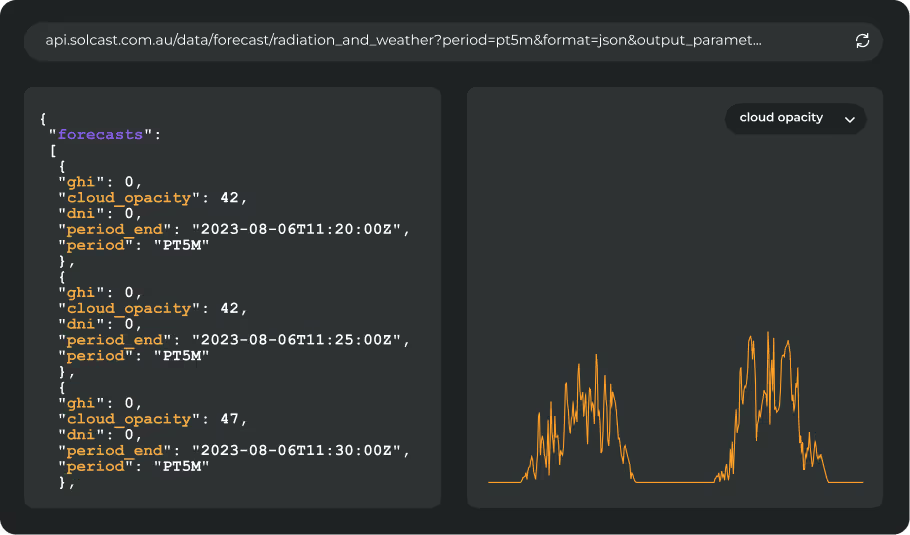In July, aerosols from Brazilian wildfires significantly reduced solar irradiance across South America, while a persistent high-pressure system over the South Pacific boosted irradiance in Chile and Argentina. According to analysis using the Solcast API, large areas of Northern Brazil saw +10% more irradiance than normal for July, and parts of Uraguay, Argentina and Chile saw up to 20% more than normal. The wildfires in Brazil were much more intense than a normal July - more fires that they have seen in nearly 20 years. The smoke impacted irradiance across southern Brazil while stable weather in the western regions brought increased irradiance to the North of the country and the high concentration of solar assets north of Rio de Janeiro.
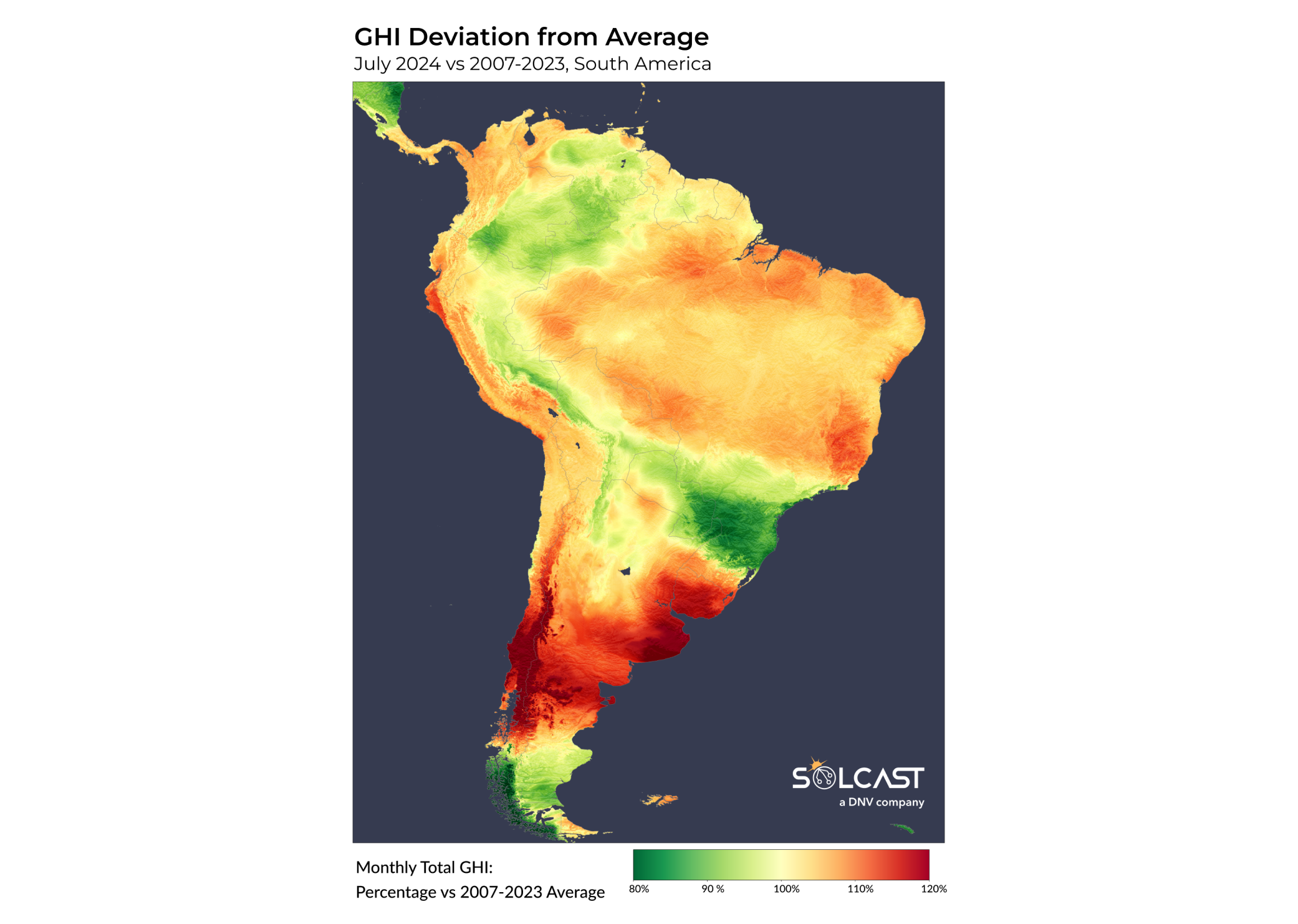
Wildfires in Brazil, fueled by exceptionally dry conditions, positive temperature anomalies, and high winds, caused a dramatic spike in aerosol levels across South America. These aerosols, which absorb and scatter sunlight, resulted in a noticeable reduction in solar irradiance. The impact was widespread, with aerosol plumes travelling southeast, affecting areas far beyond the Amazon basin. This can be seen in the below ‘clear-sky irradiance’ anomaly. ‘Clear sky irradiance’ is a measure of the available irradiance before cloud cover is taken into effect.
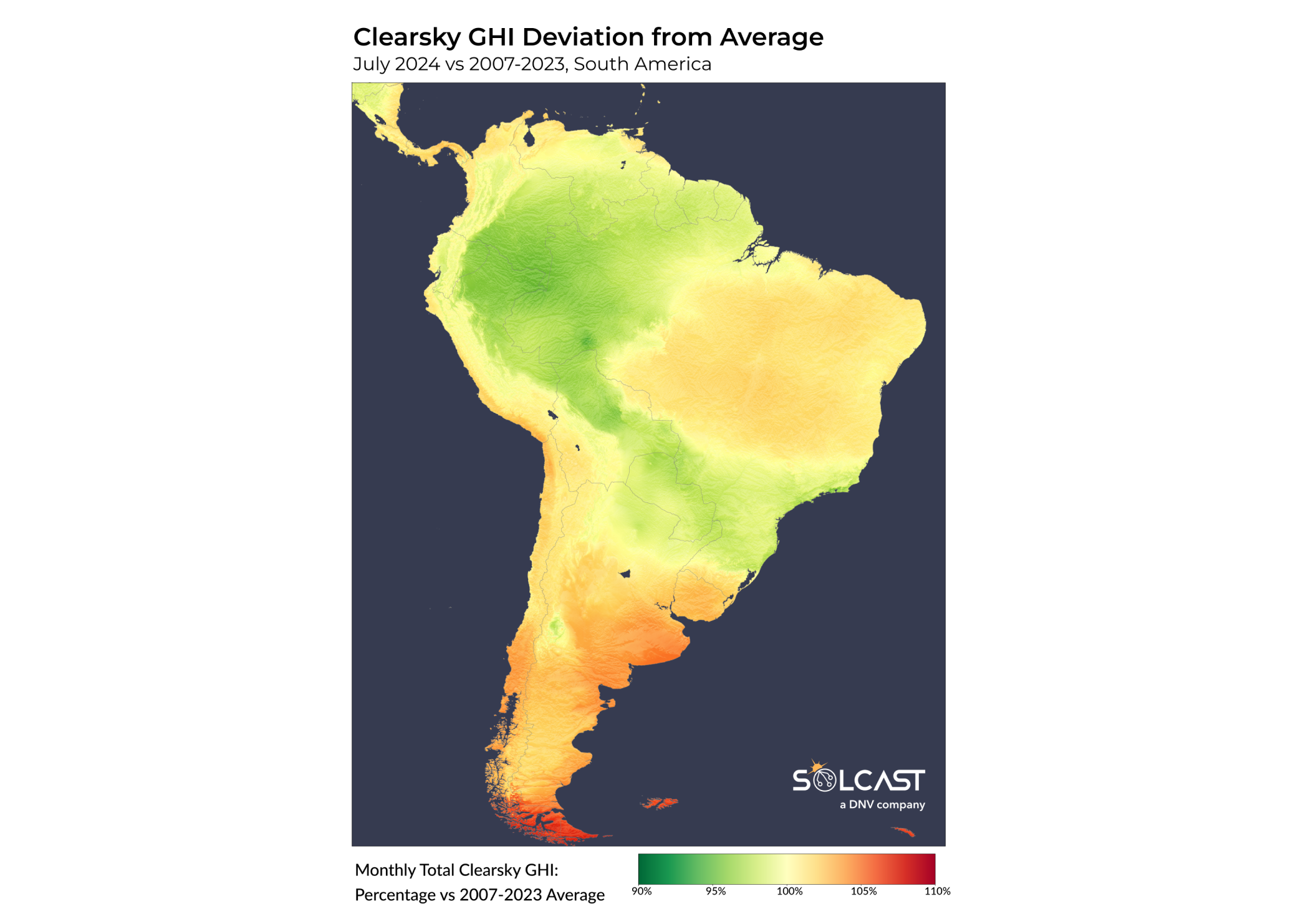
In July, the number of wildfires in Brazil soared, with the number of fires since the start of the year reaching nearly 20 times the same period in 2023. The combination of near-zero daily average rainfall and high temperatures led to rampant fires and contributed to one of the most severe decreases in ‘clear sky’ irradiance observed in recent years.
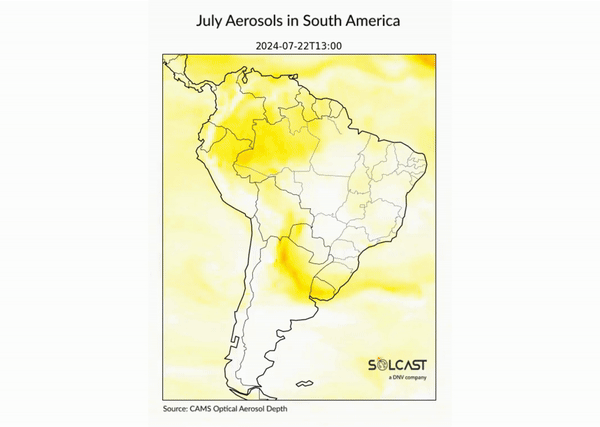
In contrast, the South Pacific High—a persistent high-pressure system located west of Chile—led to a significant increase in solar irradiance in Chile and Argentina. This ridge of high pressure, which was stronger than usual, stabilised the atmosphere, suppressing cloud formation and reducing rainfall across these regions. As a result, irradiance levels rose by as much as 20% compared to the July average, providing a substantial boost to solar energy production. Daily rainfall averages were also down by about half, reinforcing the dry, clear conditions that are favourable for solar generation.
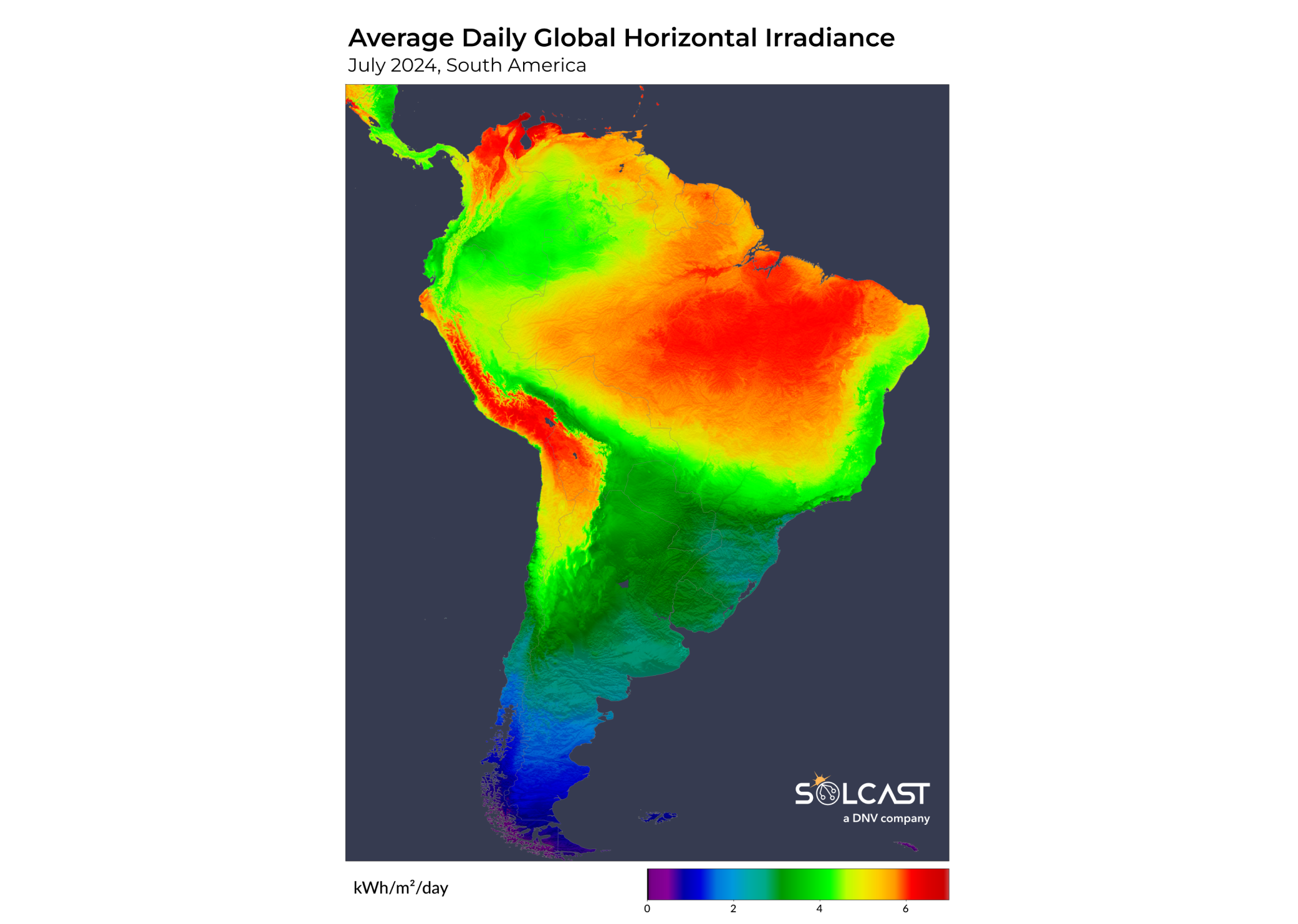
However, the southern tip of South America experienced cooler temperatures and reduced solar irradiance due to winds coming from further south than usual. These winds brought cold air from the polar regions into the continent, causing average temperatures to drop by up to 6 degrees Celsius in parts of Chile, Argentina, Paraguay, and Bolivia. Stronger-than-usual easterly winds in southern Chile, combined with strong anticyclonic winds circling the South Pacific High directed moist air from the Pacific inland. This led to increased rainfall and a 10-20% decrease in solar irradiance in the affected southern regions.
How Solcast models aerosols for irradiance and PV power data
While dust events are not frequent, they typically occur over short durations with significant impacts. Unlike climatological historic data or general weather forecasts, aerosol events (like dust, pollution, smoke, ash, etc.) are well-handled in all Solcast historical, real-time, and forecast irradiance and PV power data using high-quality input data from Copernicus ECMWF and NASA - National Aeronautics and Space Administration, downscaled to 90-metre resolution using Solcast algorithms. Learn more about Solcast's aerosol handling here. Start evaluating our data via the Solcast API toolkit, or reach out to our team to learn more.








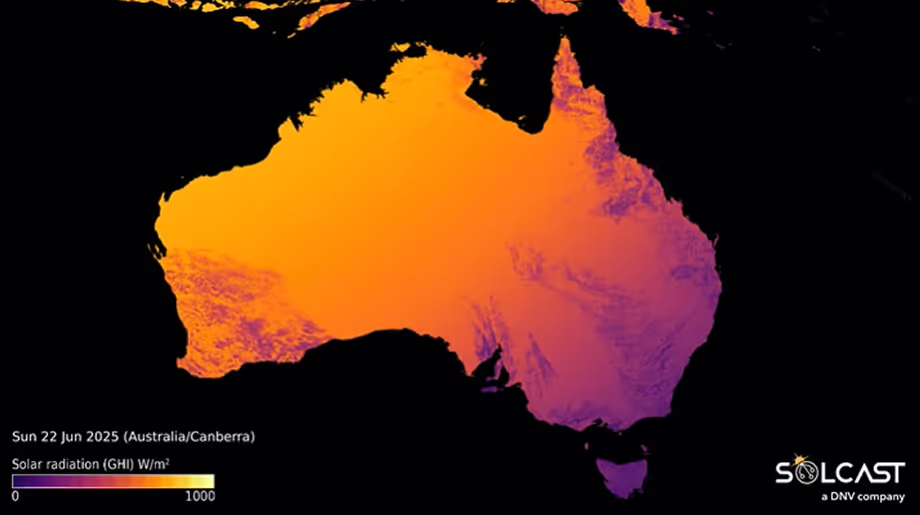
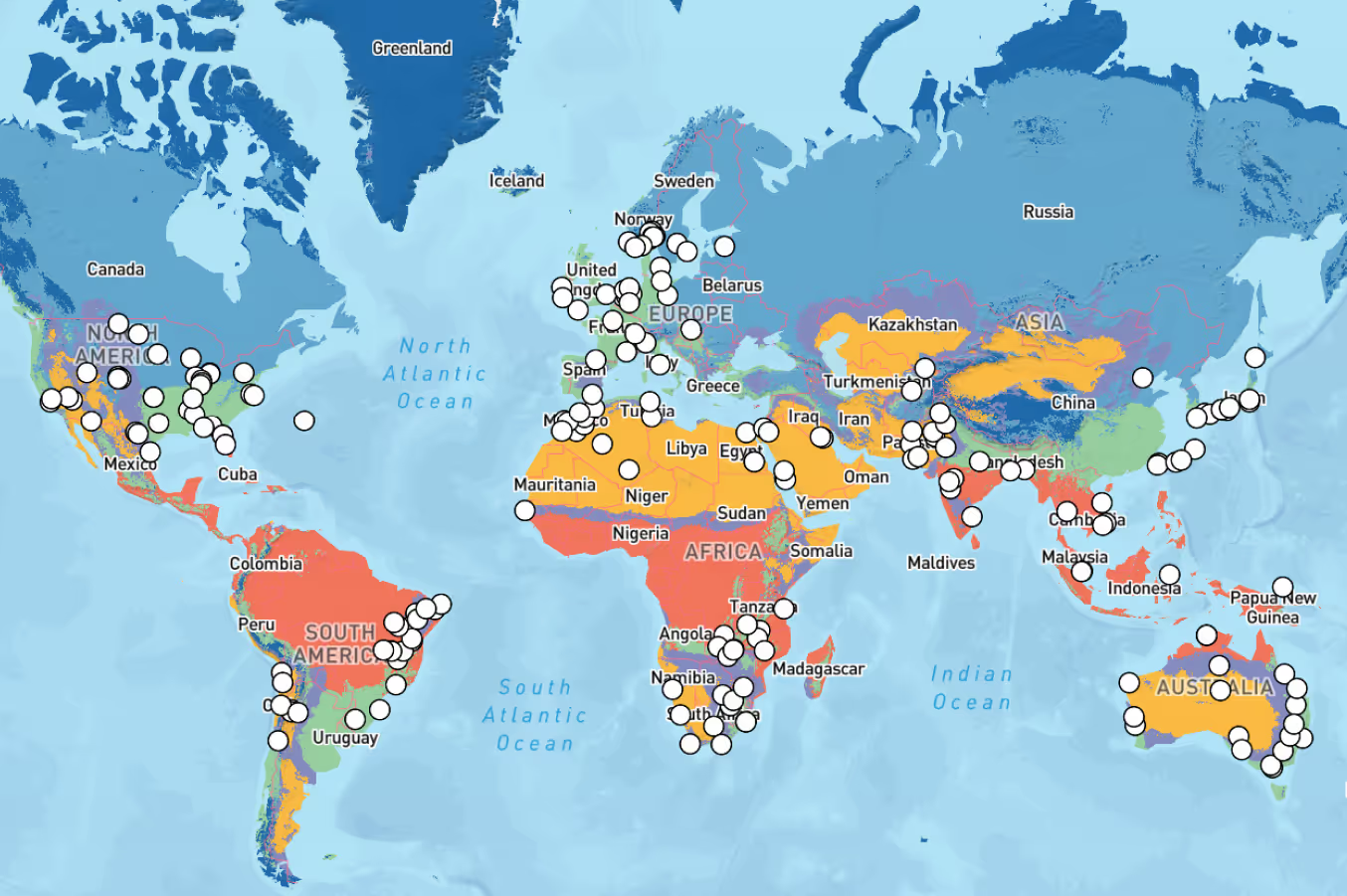
.avif)
